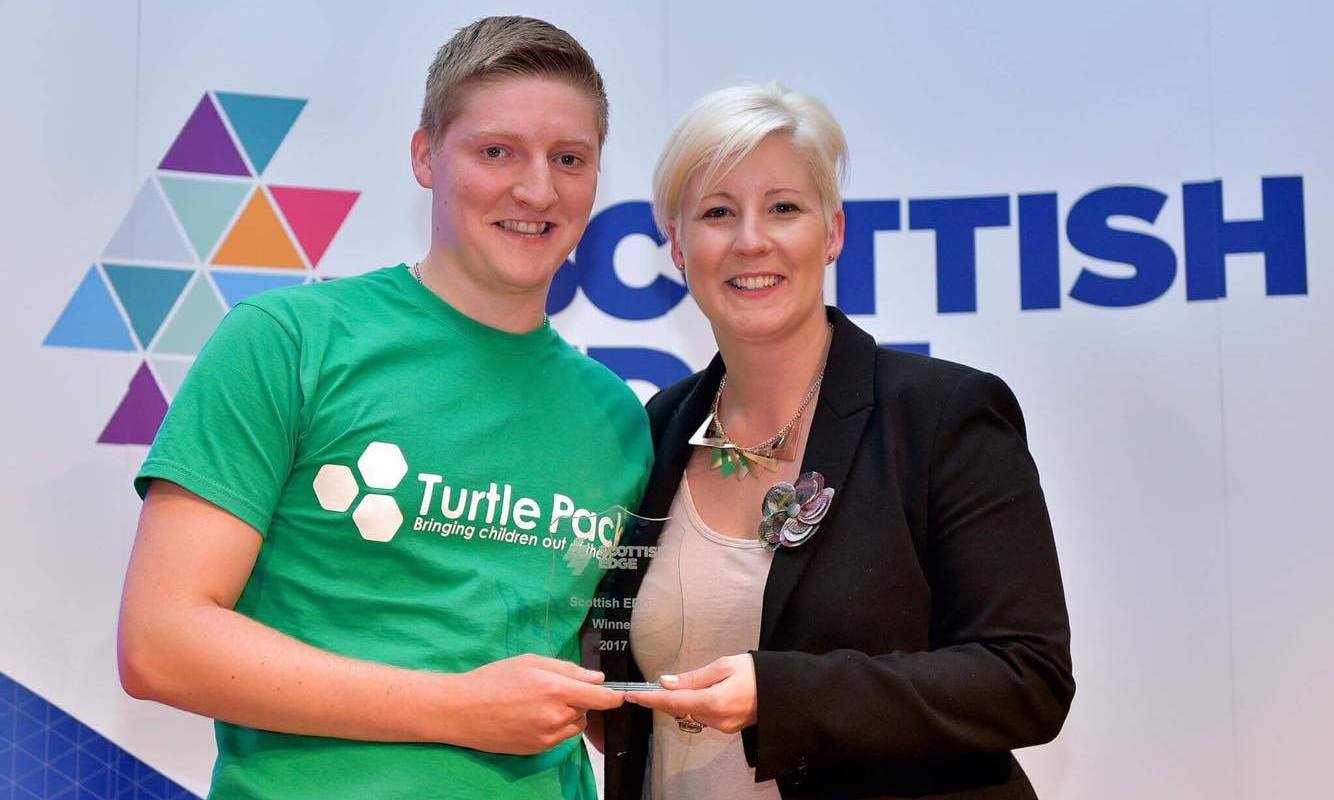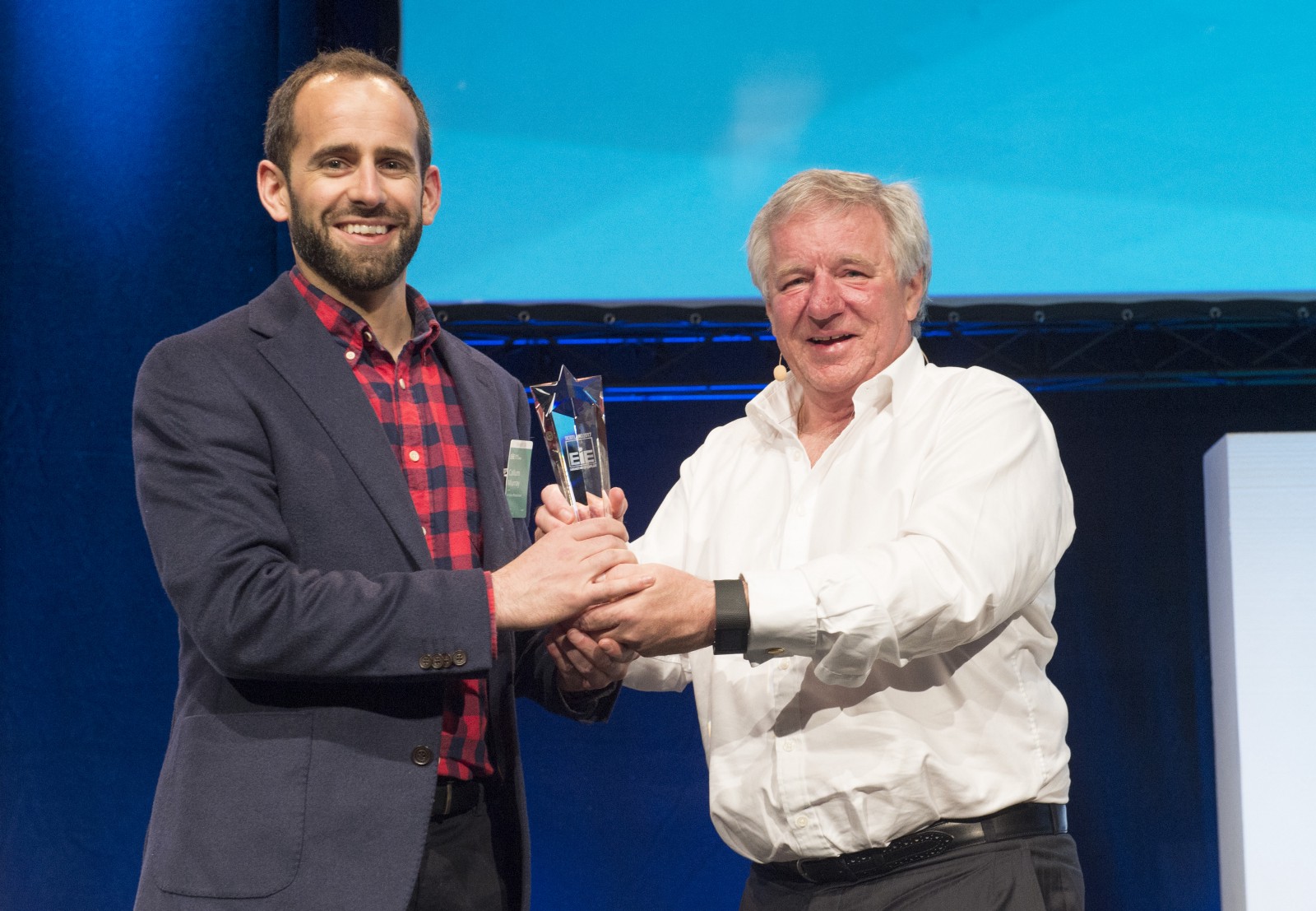“A champion is not made when they succeed; a champion is made when you look back at the seconds, minutes, hours, days, weeks and months they have spent preparing.”
Eluid Kipchoge – Kenyan long-distance runner and 2016 Olympic marathon gold medallist.
The levels of sporting success enjoyed by elite athletes like Andy Murray, Paula Radcliffe, Johanna Konta and Lewis Hamilton can largely be attributed to their unquenchable desire to practise and train for their individual goals. Whilst it goes without saying that they are all born with superhuman levels of raw talent, what sets them apart from the rest of their equally naturally talented peers is their unrelenting commitment to their goal and endless hours upon hours of hard graft.
Whilst lesser-sporting mortals such as ourselves can only ever dream of Olympic gold medals or lifting the Wimbledon title, we frequently sign up for physical challenges like marathons and triathlons to motivate us to get fit, challenge ourselves and/or raise money for charity. We may not be aiming for the podium but we know that signing up for an event involves making a commitment to training. We know that we’ll have to put in the miles to perform to the best of our abilities come race day and we’re prepared to make the time and take necessary steps to do exactly that.
Some of us sign up for marathon training plans, others register for strength training classes at the gym, and yet more of us start working with personal trainers who help us to get the most out of ourselves on the big day. We read magazines, scour the internet for tips from professionals and seek out any information we can to help us train smarter, avoid injury, and improve performance.
And after many seconds, minutes, hours, days, weeks and months of preparation, we arrive on the start line with a plan and the tools to execute it.
Business and sport — it’s a level playing field.
From the outset, running a marathon and pitching for business might not seem to have a whole heap in common but the base principles are actually remarkably similar.
The same theories apply when it comes to the world of pitching and presenting where the pressure to perform can be overwhelming. Simply relying on any natural public speaking ability is never going to cut it, especially if the room is filled with equally gifted performers or competitors who are pitching to the client or panel before and after you.
Your ability to communicate your message effectively will ultimately depend on how much time you have dedicated to preparing yourself for that moment so that you are in the zone and able to execute your plan efficiently and effectively and stand out from the crowd.
Here are five of my top tips on how to get Pitch Fit:
1. Fail to prepare — prepare to fail
Abraham Lincoln said, “Give me six hours to chop down a tree and I will spend the first four sharpening the axe.”
Preparation is key. Take the time to consider the audience:
· Who will be there?
· What are they interested in?
· What are they expecting to hear?
· What messages will be most useful to them?
All sportsmen and women whether they play alone or in a team will spend hours learning about and watching the opposition’s game. Once you understand your audience you and your team can build your pitch strategy, tailor the content and adapt easily during the pitch.
Keep yourself on track by structuring your content around 3–5 key messages and prepare bullet points as reminders. You can then add colour to your pitch by using real-life examples, stories, facts and figures, anecdotes, case studies and some simple visual aids.
2. The power of visualisation
Visualisation is one of the primary methods used in sports psychology and is widely considered to be an extremely powerful technique.
Preparing mentally for a pitch or presentation is important if you want to avoid overwhelm on the big day.
Find out as much as you can about the logistics in the room and how it’s set up. A dress rehearsal allows you to de-risk the main event allowing you to relax and deliver your message calmly and successfully when it really counts.
If you can’t rehearse in the room, make time to rehearse in front of colleagues beforehand to check your pace, timing and iron out any technical issues.
3. Be yourself
Develop your own style — make the most of your personality.
Instead of trying to emulate others and being someone that you’re not, focus on maximizing what comes naturally to you so that you present the very best version of yourself.
“Maryanne helped me overcome my anxiety of pitching by convincing me and reassuring me to be myself. I had previously been encouraged to put on a performance when pitching, but if it doesn’t match your personality it creates a complete disconnect. Working with Maryanne was the best money I have spent for Turtle Pack”

Michael Harkins, Turtle Pack — Winner of £110k at the Scottish Edge Awards June 2017
Photo by kind permission from The Scottish Edge
4. Expect the unexpected
Pitching and presenting is not a one-way street. If you focus solely on the delivery of your pitch, then you might get stuck during the Q&A session.
Just as a tennis player needs to adapt to their opponent and what’s coming back at them over the net, the success of your pitch will be dependent on your ability to respond to questions from the audience, panel or your client.
You are in control of your presentation — you can predict and prepare for questions. Check your content and think about the questions you might be asked. Plan for the difficult questions. Ask colleagues to challenge you and help you practise.
“I was selected to deliver a 6-minute extended pitch followed by 4 minutes of questions at EIE17 and again at EIE19. We invested extra time and effort with Maryanne to refine the content, delivery and prepare for the Q&A. Both times, we won Pitch of the Day, voted for by the audience. Time spent with Maryanne is an investment for our business, adds clear value and it’s been instrumental in our ongoing success.”

Callum Murray, Founder/CEO of Amiqus
Photo by Lesley Martin, used with kind permission from Informatics Ventures
5. Practise, practise, practise
There’s a very good reason why ‘practice makes perfect’ is one of the greatest sporting clichés of all time and that’s because it is absolutely true. Just ask Jonny Wilkinson.
If you want to become proficient at anything in life from kicking a Rugby World Cup-winning drop goal to delivering a prize-winning pitch at an event, then you’re going to need to put in the hard yards until it becomes second nature.
Practise your presentation. Practise working with visuals. Practise dealing with awkward questions. And then keep practising. Success is a consequence of practice and repetition.
There are no shortcuts.
